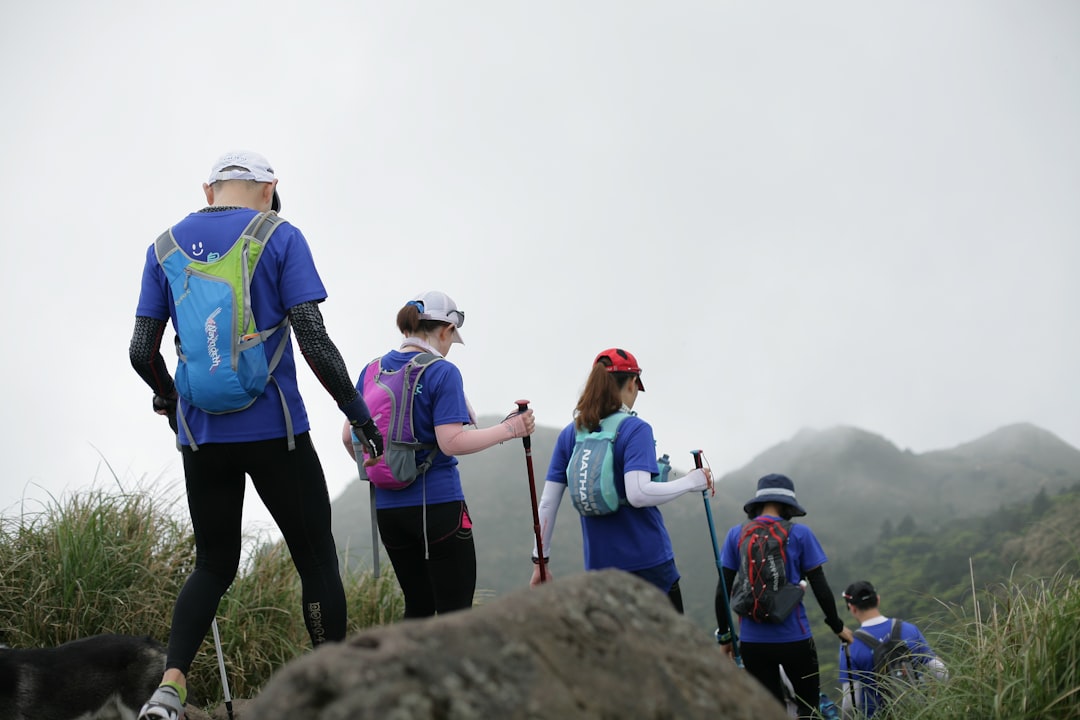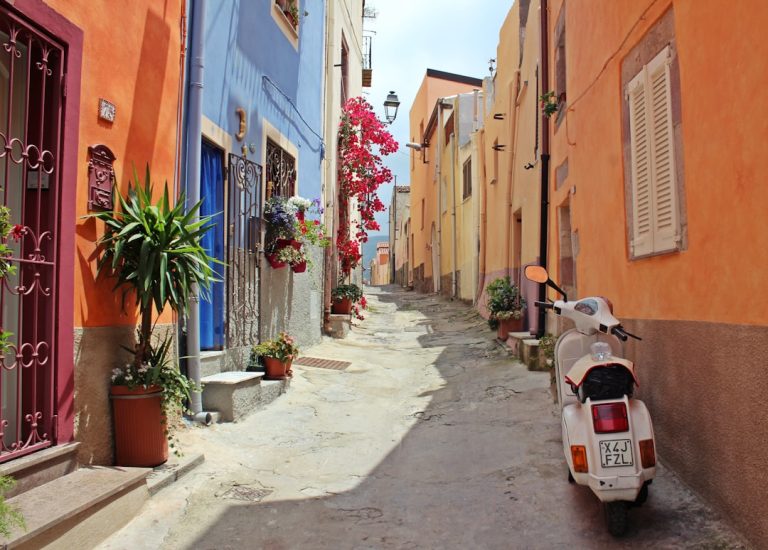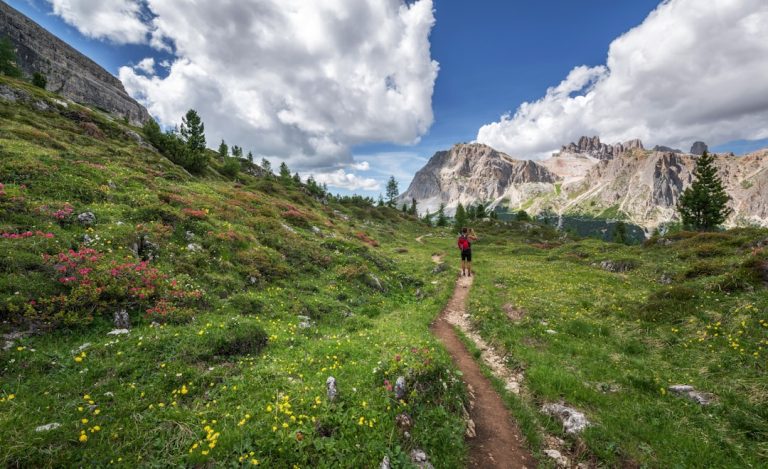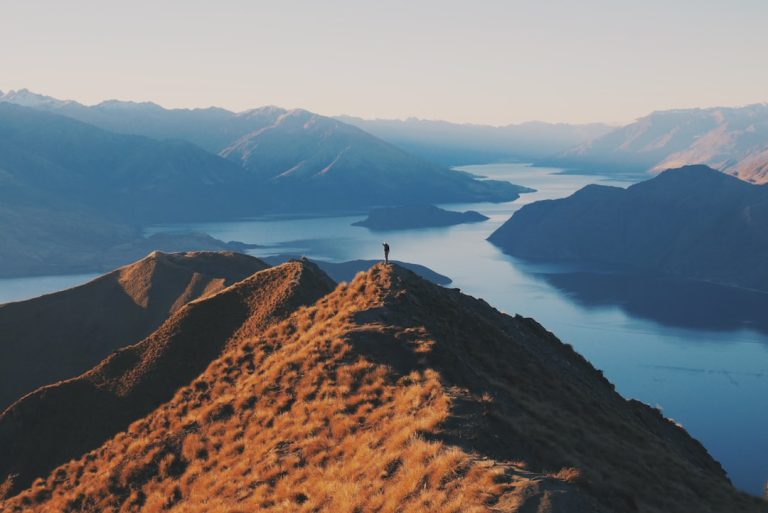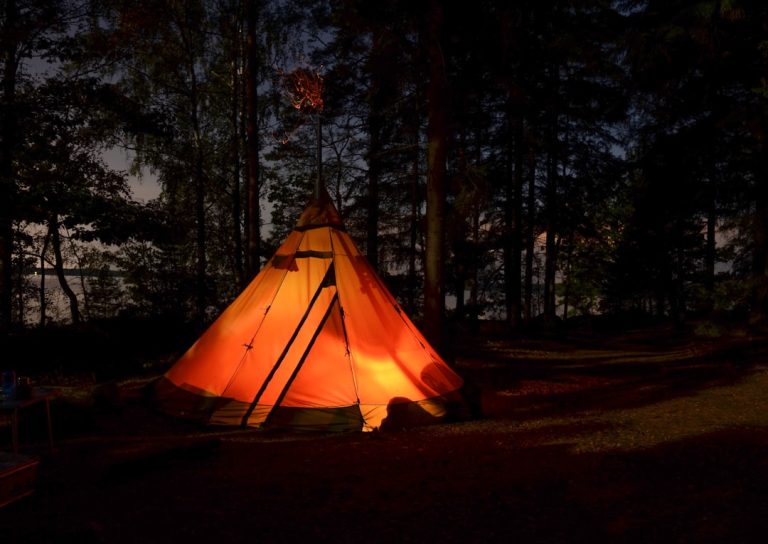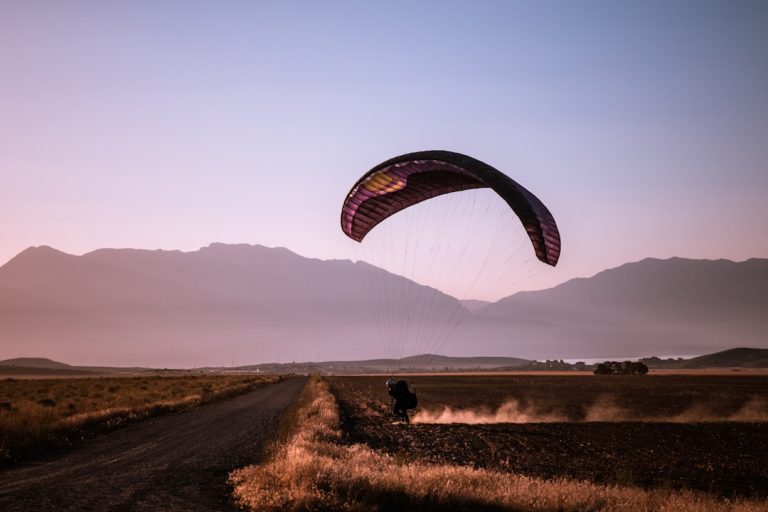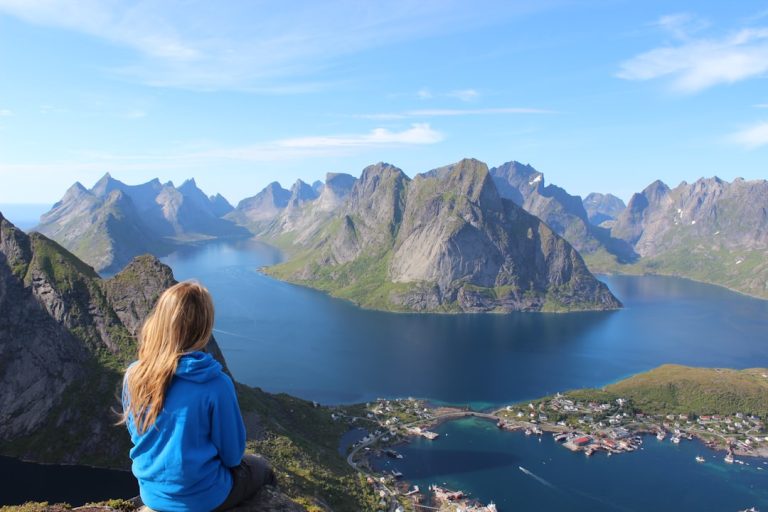In our fast-paced world, the idea of slow travel is not just a trend; it’s a philosophy that encourages us to savor every moment of our journey. Rather than focusing solely on the destination, slow travel is about immersing yourself in the local culture, forming genuine connections, and finding joy in the small, often overlooked details of travel.
Imagine setting off on a journey where the objective is not to tick off items on a bucket list but to truly experience the environment and culture. It’s about wandering through local markets, chatting with residents over a cup of coffee, and perhaps even picking up a new skill or two from artisans. The essence of slow travel lies in this depth of engagement.
One of the biggest benefits of slow travel is its impact on your mental well-being. Instead of rushing through airports and racing from one tourist attraction to another, you allow yourself to breathe, to observe, and to appreciate. It’s a chance to break away from the digital world and be present in the moment.
Practically speaking, slow travel can be surprisingly budget-friendly. By choosing longer stays in one place, you often find better deals on accommodation, and having your own kitchen can significantly reduce food costs. Public transportation becomes a viable option as you learn to navigate local systems, and you’ll find yourself naturally gravitating towards free or low-cost local experiences.
Another appealing aspect of slow travel is its sustainability. By staying in one place for a longer period, you reduce the carbon footprint associated with frequent travel. Supporting local businesses and respecting cultural norms also fosters a more responsible tourism model, benefiting both travelers and host communities.
Whether you’re planning a month-long trip to a foreign country or a weekend getaway in a neighboring town, the principles of slow travel can be applied. Start by allowing yourself the luxury of time. Don’t plan every hour of your day. Leave room for spontaneity and discovery. Embrace public transport or, better yet, walk. It’s amazing what you can find when you take the time to wander off the beaten path.
So, the next time you’re planning an adventure, consider how you can incorporate the art of slow travel into your itinerary. Let the journey itself become the highlight, filled with rich stories and meaningful experiences that last a lifetime.
